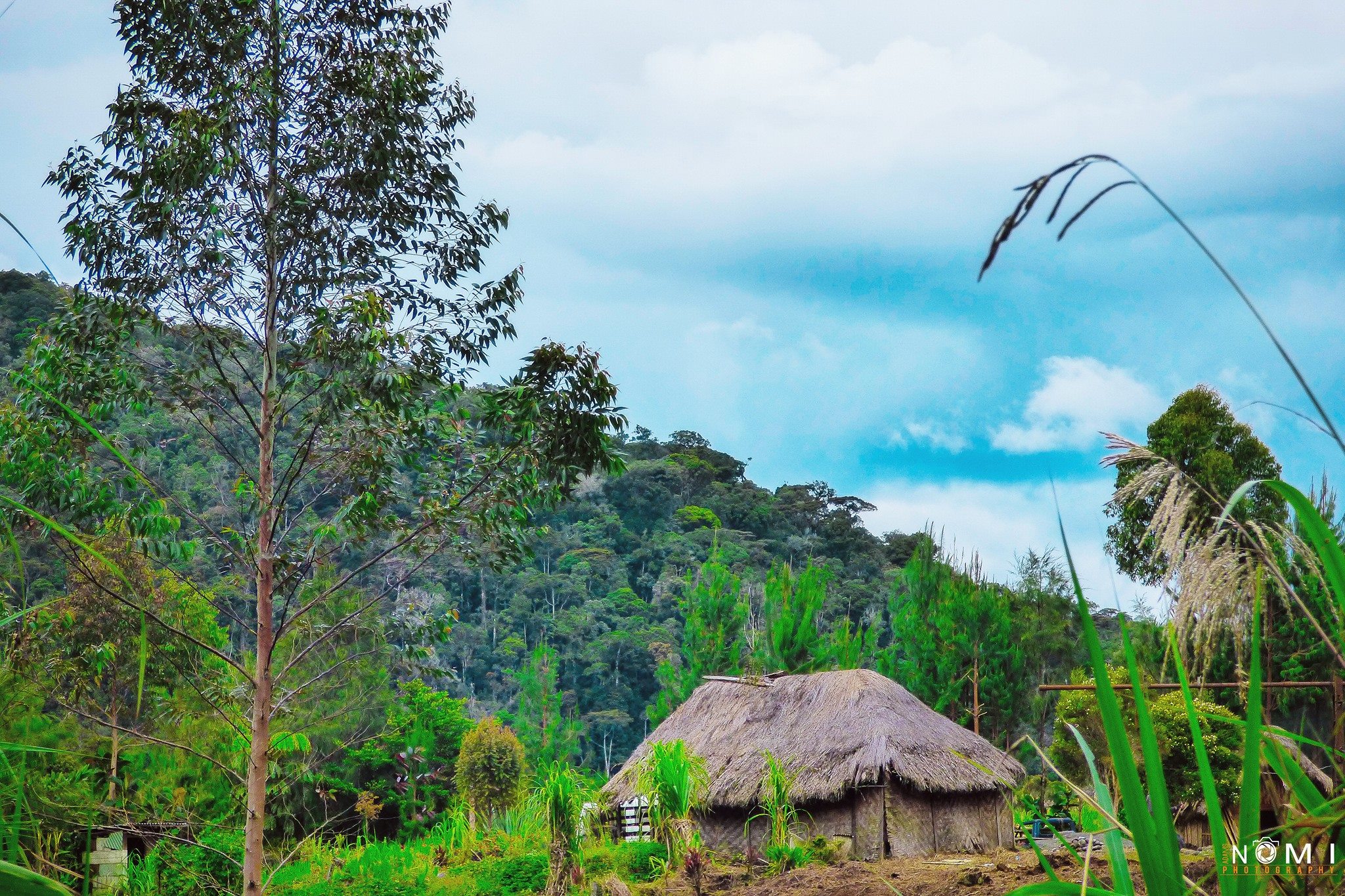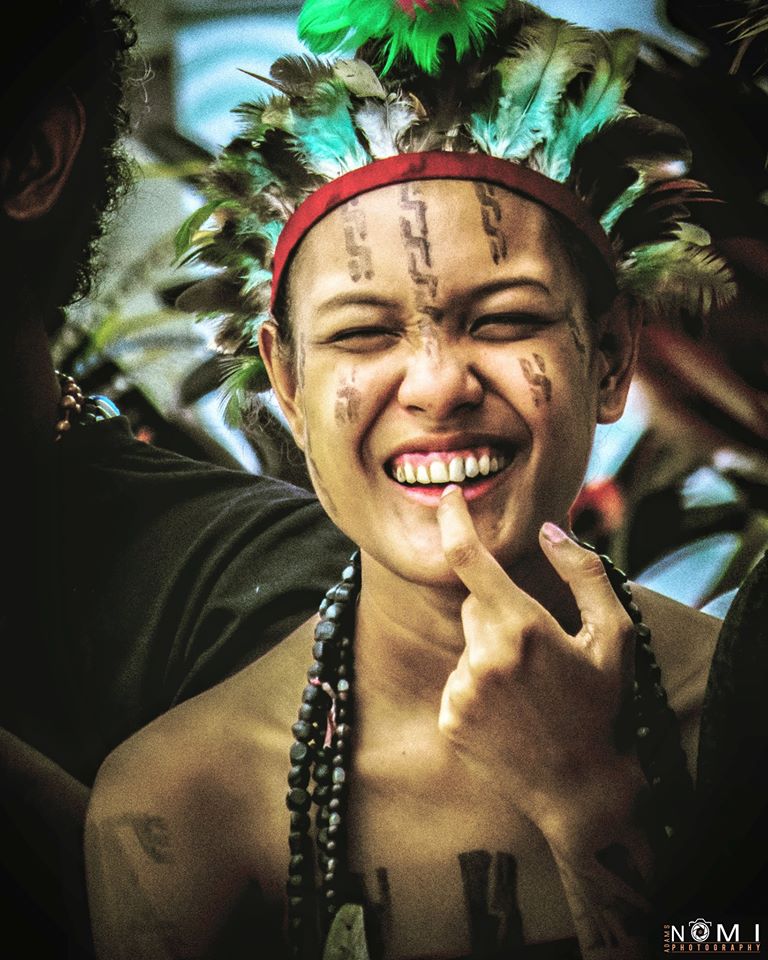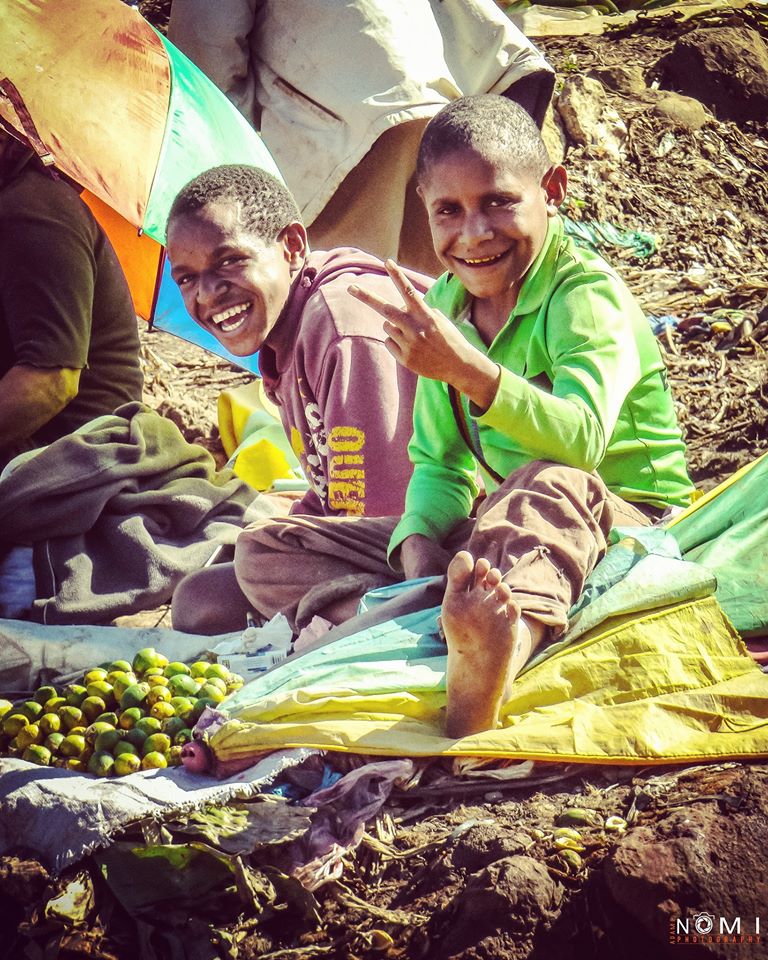All photographs courtesy of Adams Nomi Photography
Most people are reluctant to visit Papua New Guinea because of the stories that they hear or see about the country. There is so much negativity being said about Papua New Guinea that has put a lot of tourists off from visiting.
What if I told you that the people here are not what they are portrayed to be, well at least the majority is, that they are actually some of the friendliest people you’ll ever come across. As a matter of fact, I will let the photographs speak for themselves.
The capital Port Moresby is a small but bustling city compared to other cities of the world with most of the negative reports come from just the capital. But as soon as you fly out into one of the provinces you find that people are even friendlier there.
There are a few highly populated urban towns but as soon as you travel for an hour or so out of these populated areas you will be surprised at how remote things get. Apart from this being seen as lack of government intervention, it is truly one of the unspoilt frontiers. The environment is clean, the rain forests are untouched and the air is clean.
Not only do you get the environmental benefits of being in a remote location but also the culture. We have rich and diverse cultures that are still strongly practiced in our local communities. In some areas, you will even find people going about their daily business in their traditional attire. A sight that is rare in this day and age.
Most Papua New Guineans still live off the land. We depend on the land for food, shelter, medicine and basically to survive.
We fish the rivers and seas for protein, we use the land to cultivate small gardens to feed our families and tribes, and we use the forest to acquire materials for building a house and many other uses. Different cultures have different ways of preserving the environment which is passed down to generations and is still practiced today. For example, food gardens are made in different sections of land after every harvest the same gardening area will not be used for about two harvesting periods. This is a practice that is common on the island where I come from, Vokeo Island in East Sepik Province; and there are similar land management styles practiced in other parts of the country as well. This is to ensure that the soil replenishes its nutrients before it can be used again.
From the highlands to the coast you will find that traditional practices vary but their design shares a common thread: they all are for the mutual benefit for mother nature and the humanity that depends on it. That is the undying beauty and appeal of traditional Papua New Guinea culture.





